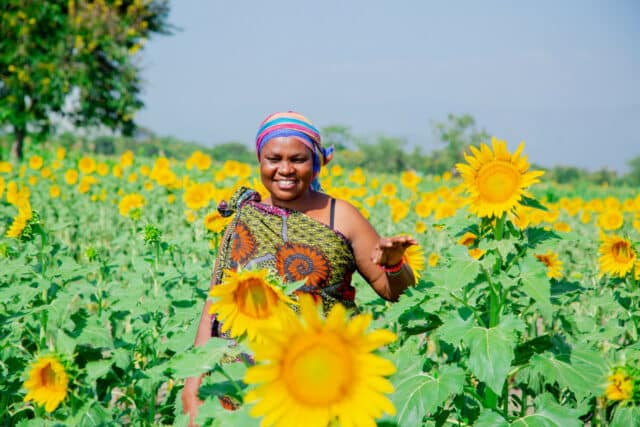News
14 July 2012
Mapping and conserving Ethiopian forests

 Since the project began Farm Africa has worked with forest communities to establish 84 Forestry Management Groups with more planned. These groups are across Amhara, Southern Nations, Nationalities and People’s Region (SNNPR), Oromia and Beni-Shangul Gumuz regions.
Since the project began Farm Africa has worked with forest communities to establish 84 Forestry Management Groups with more planned. These groups are across Amhara, Southern Nations, Nationalities and People’s Region (SNNPR), Oromia and Beni-Shangul Gumuz regions.
Groups are made up of community members who work together to learn how to recognise their local forestry resources and how best to protect them while making a living for themselves and their families. The groups have learnt how to undertake boundary demarcation exercises which help both to map the forest and to locate precious forest resources that are contained in these areas.
There are now 84 Forestry Management Groups established by Farm Africa. They have drawn up and agreed Forest Management Plans which cover and map an area of approx 270,000 hectares of forest. This has helped ensure that the area is now protected by the local communities.
Community members have also been working hard to establish tree nurseries to reinvigorate the forest cover. To date, the project has set up 8 tree nurseries across 4 regions which have produced half a million tree seedlings which will help to maintain the environment.
Farm Africa’s expert staff have trained group members and local government staff across the four regions on how to carry out important assessments. These assessments help them to identify appropriate forest products which have good market potential and which are suitable for production by group members.
Once each group has undertaken its assessment and chosen a suitable enterprise, Farm Africa works with the group to help to enable them to draw up business plans for their businesses. The enterprise activities include beekeeping, growing grass to sell for roofing and fodder and cultivating mushrooms. The aim of helping local people to develop their own enterprises is to build incomes and provide household security without damaging the fragile environment or unsustainably depleting its resources.
To help support this project and our other work, please donate.
Read more about our Strengthening Sustainable Livelihoods and Forest Management Project.




